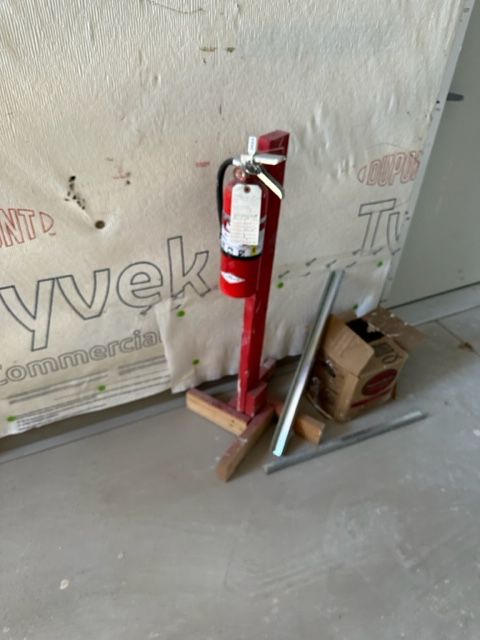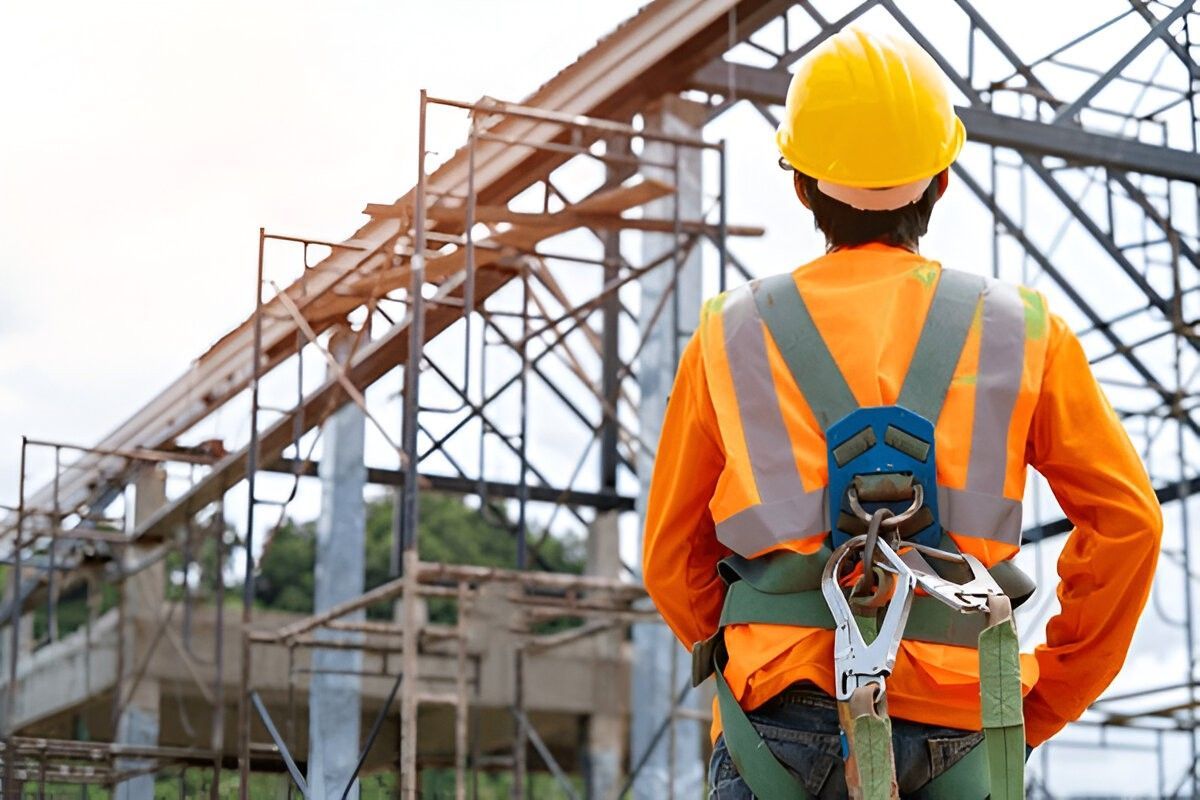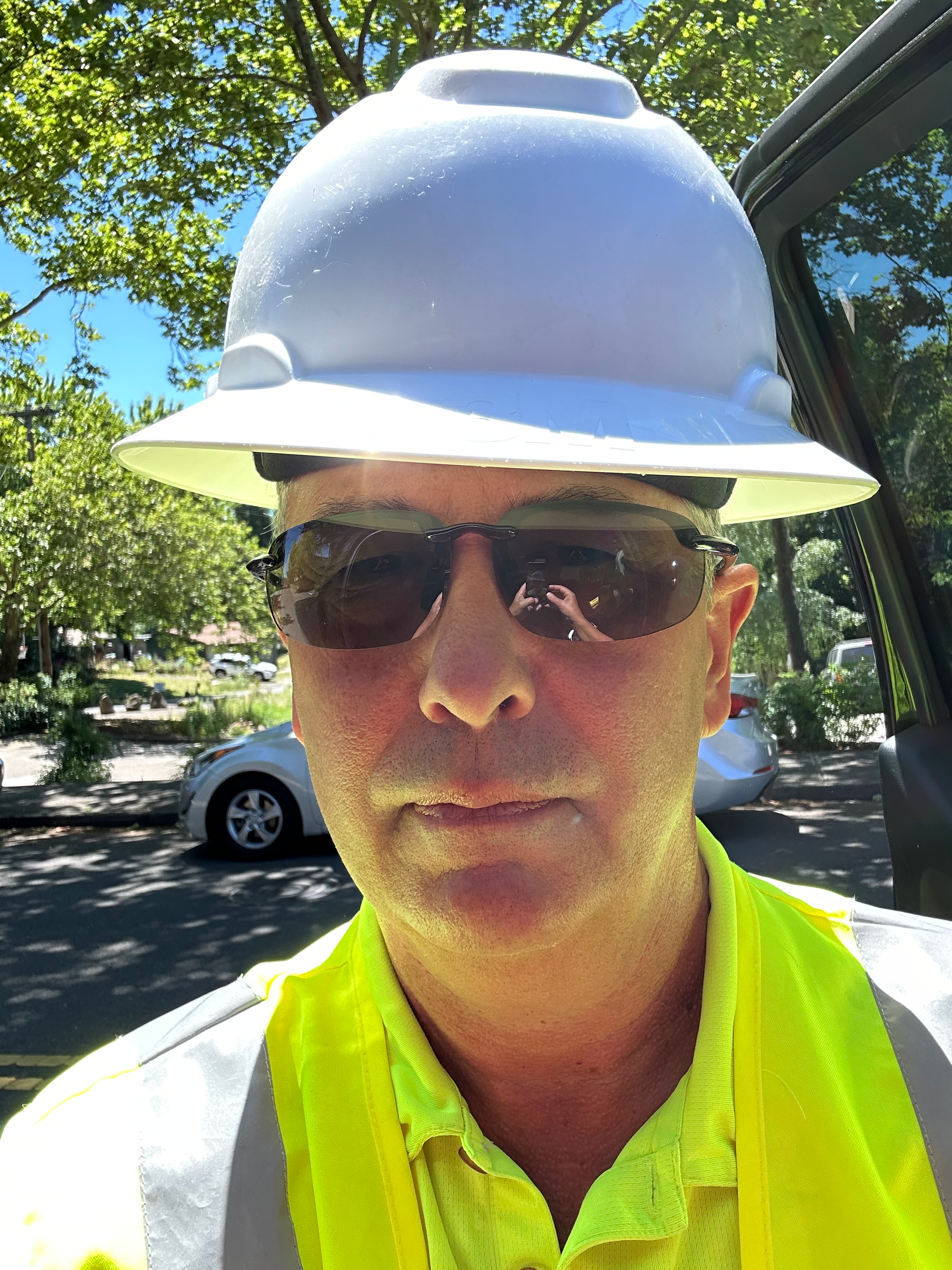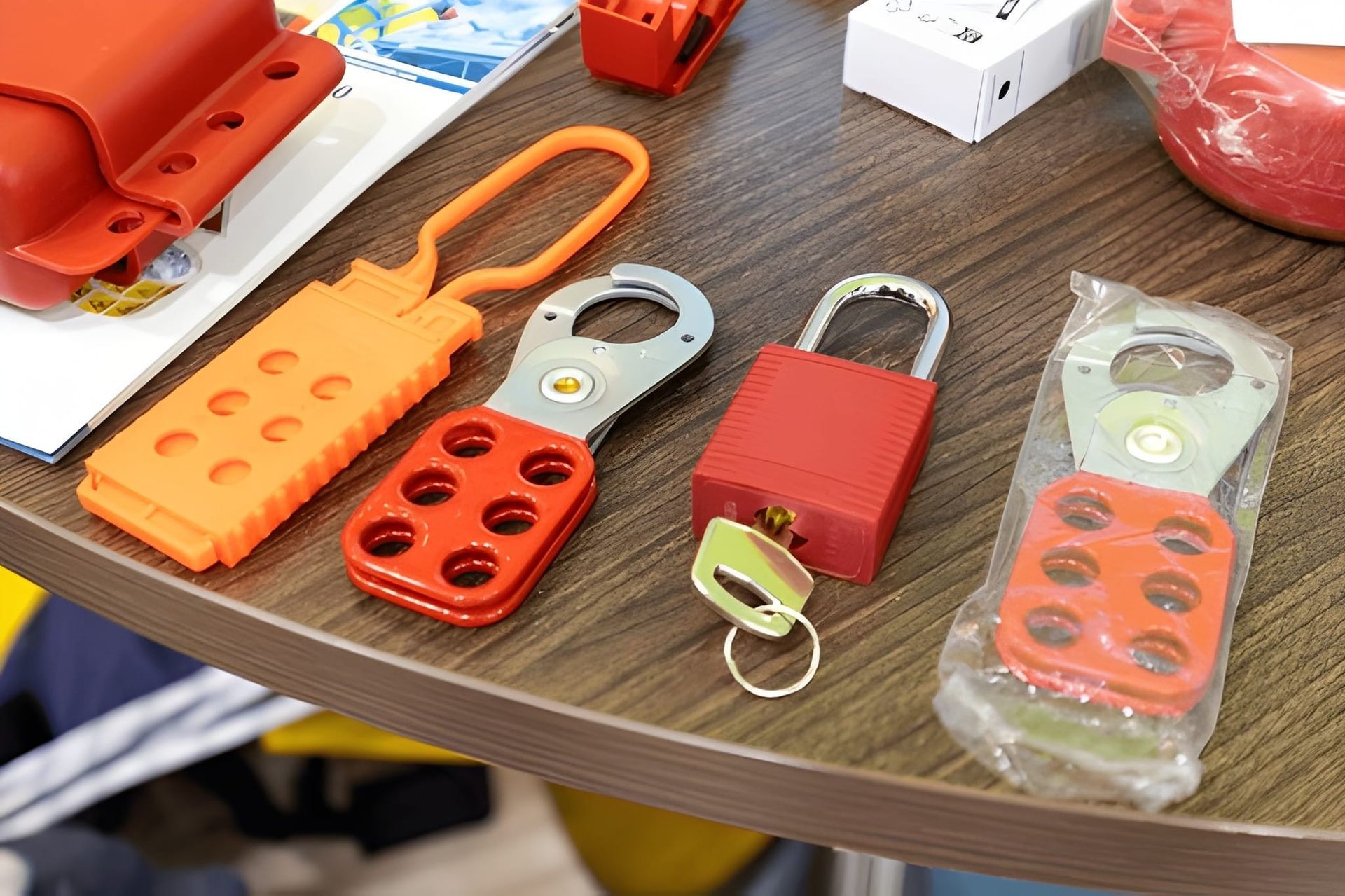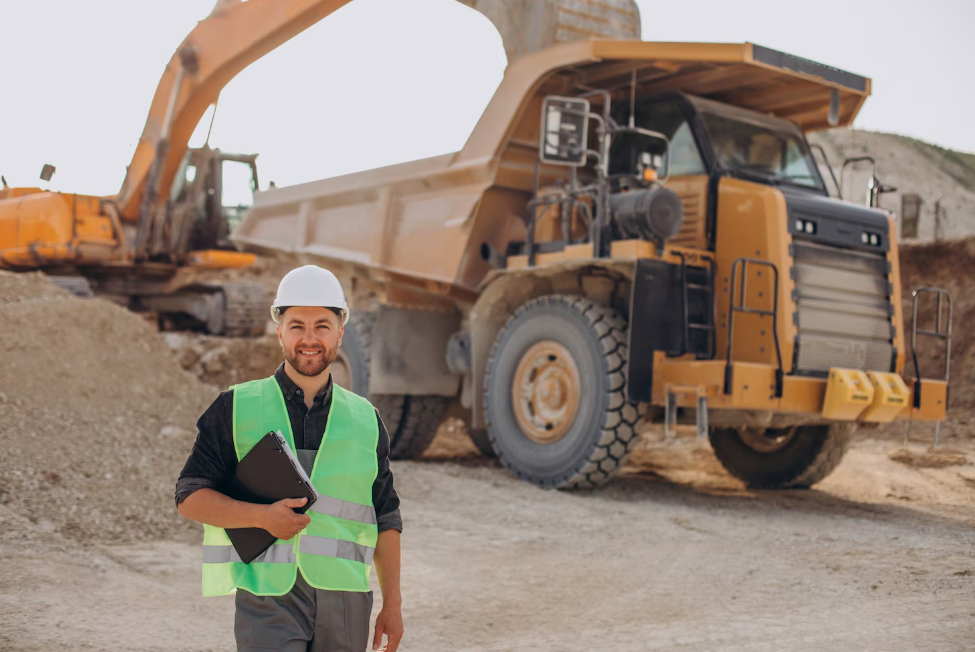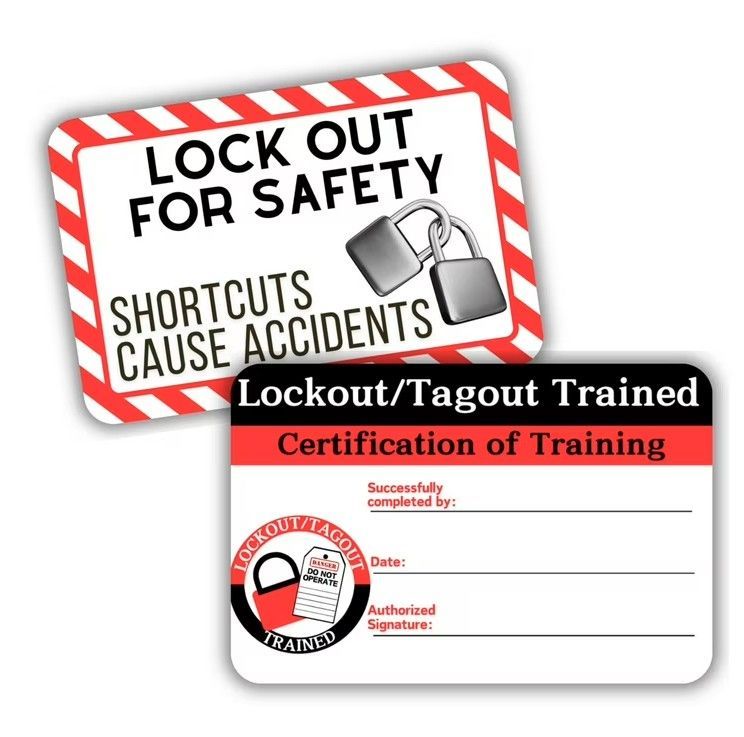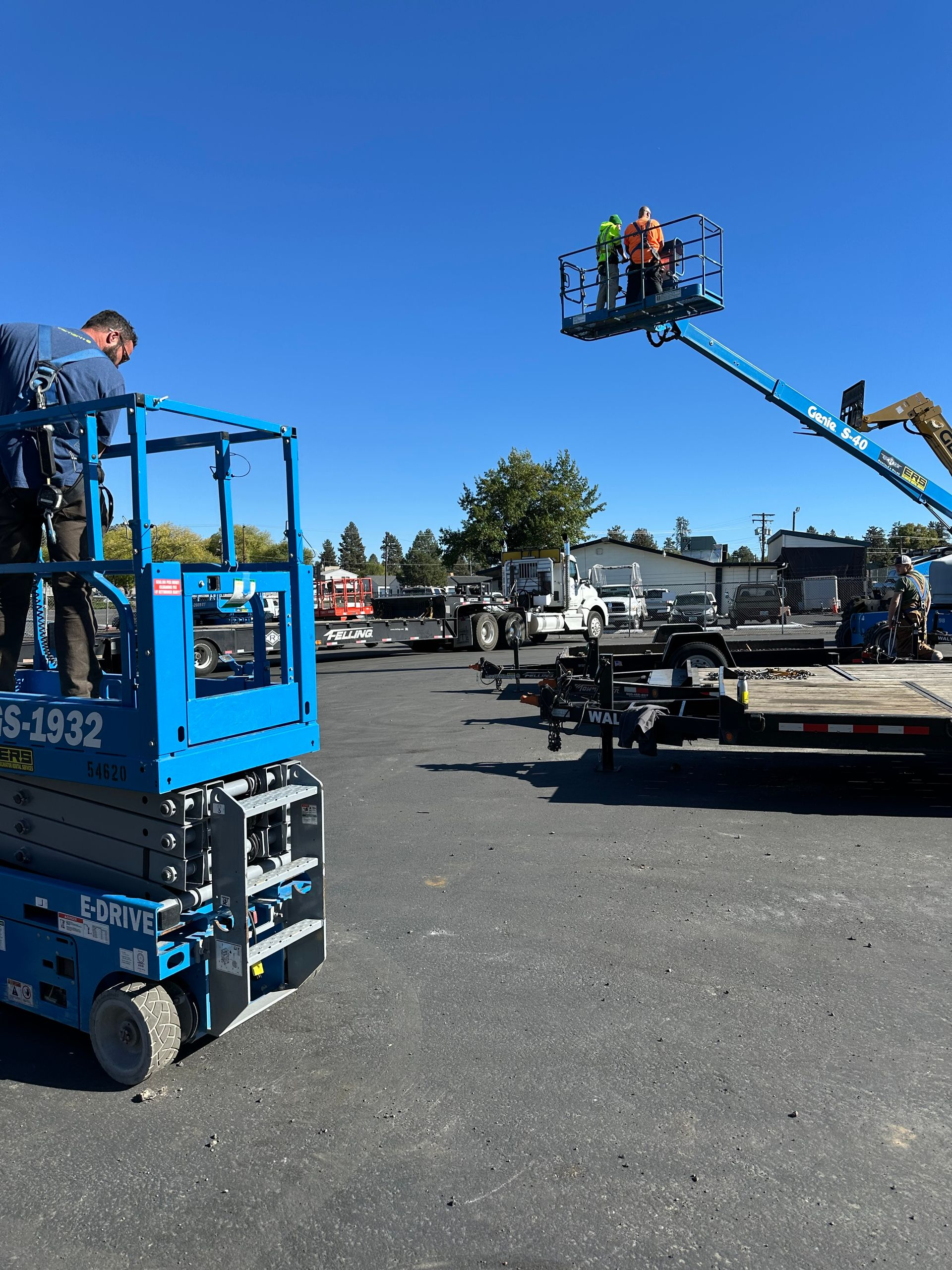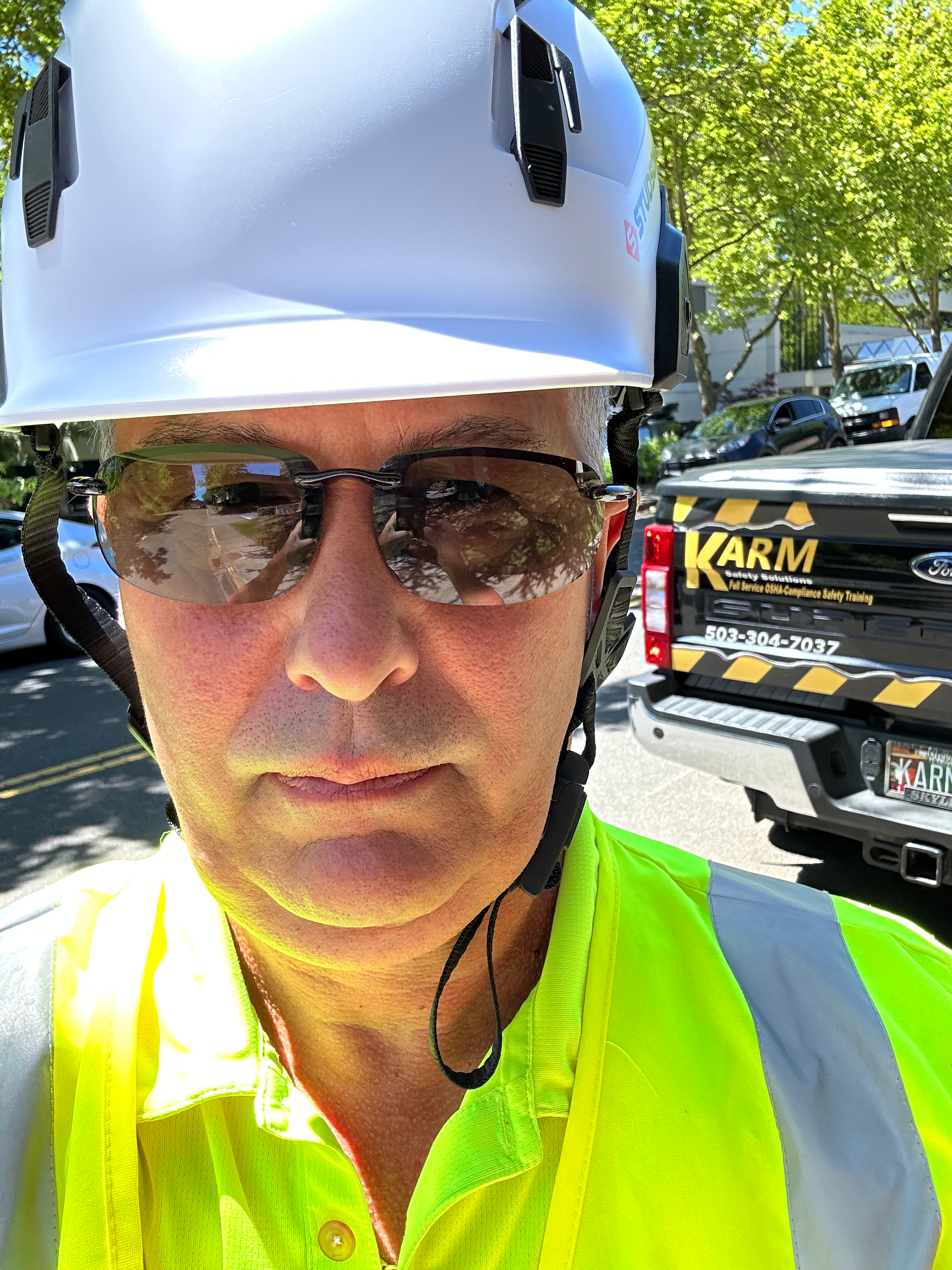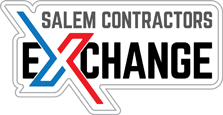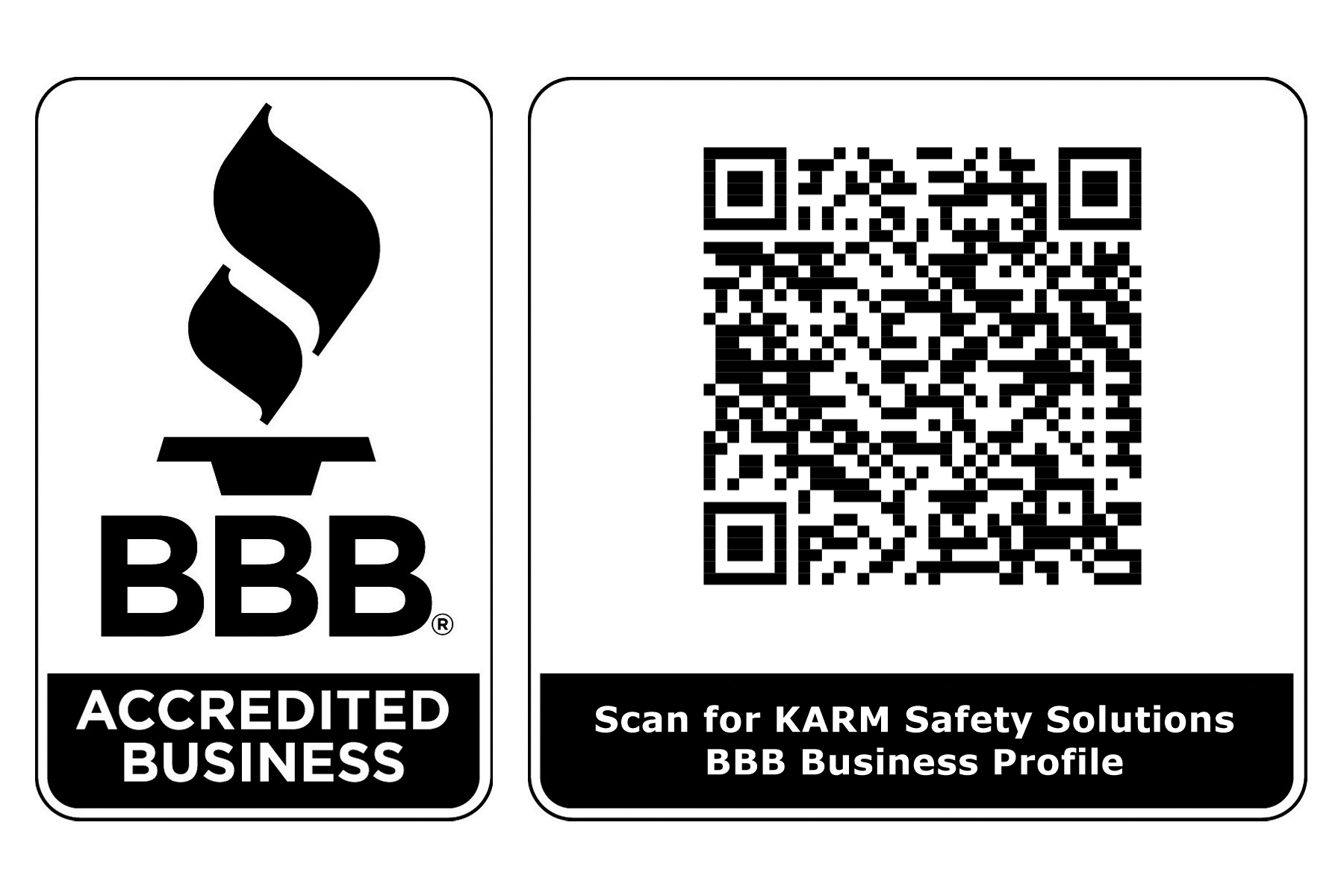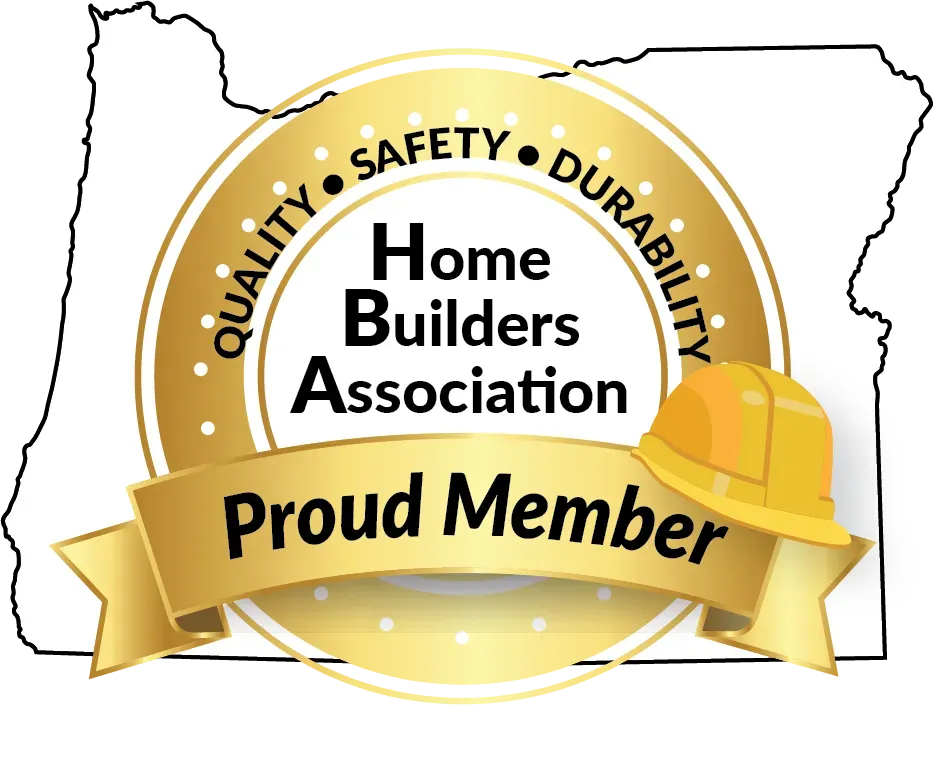Why Rigger and Signal Person Training is Important
Rigger Training Is Important as the life you save may be your own
OSHA (29 CFR 1926.1400–1442, Subpart CC) requires that riggers and signal persons working around cranes and lifting operations are qualified and trained. Employers can be cited and fined if workers directing loads or signaling crane operators are not properly trained.
They say annually about 50 riggers are killed, and that number doesn't include other workers in the area.
Rigging failures are one of the leading causes of crane-related accidents, often resulting in dropped loads, struck-by incidents, and fatalities.
A qualified rigger knows how to:
Select the right slings, shackles, and hardware for the lifts being performed.
Inspect rigging equipment for damage; damaged gear can fail at any time. Proper rigging prevents costly damage to loads, cranes, and structures.
Determine the load weights, as not all loads are the same weight, and we also have seasonal weights due to weather.
The center of gravity of a load is very important, as if the load is not centered, it puts too much stress on the rigging and can cause it to fail or the load to fall out of the rigging..
A trained signal person ensures that the operator receives clear, standardized signals to prevent miscommunication, a common cause of crane accidents. The signal person is another set of eyes on the load to help ensure safety. Good signaling prevents collisions with power lines, other equipment, or workers in the lift zone. Also, radio protocols improve coordination between the operator and the ground crew.
In the event of an incident, documentation of training helps demonstrate employer compliance. We have heard of employers who were sent to prison for causing a worker to die due to not providing proper training.
Training reduces insurance claims, liability exposure, and workers’ compensation costs.
At the end of the day, a Rigger and Signal Person Training is critical because it saves lives, prevents property damage, ensures compliance, and keeps job sites productive and efficient.
